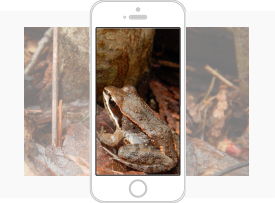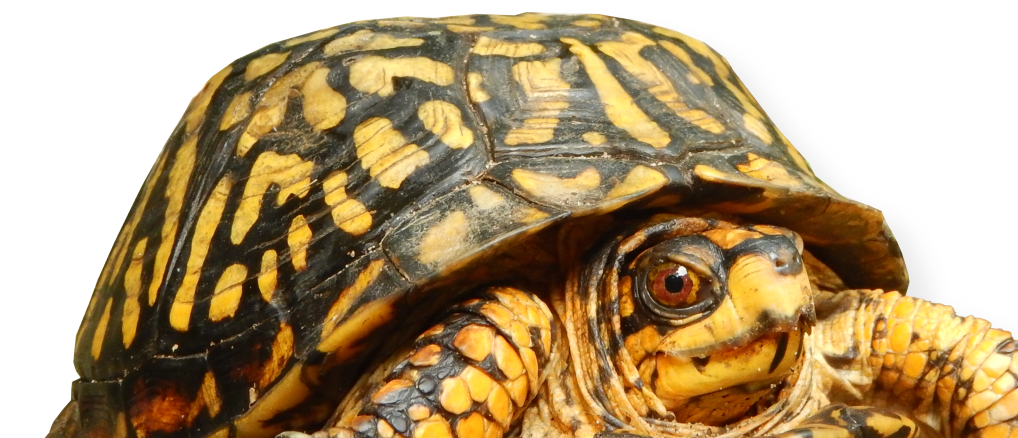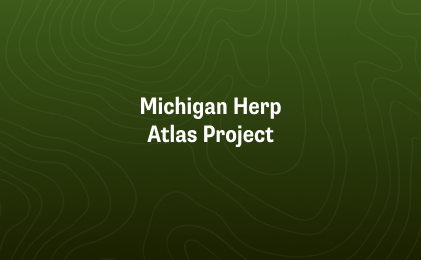
Michigan Amphibian & Reptile Best Management Practices
May 16th, 2023 — Resources, Student Resources
HRM created the Michigan Amphibian and Reptile Best Management Practices (BMPs) Second Edition for EGLE, formerly the Michigan Department of Environmental Quality (MDEQ), to provide an updated comprehensive guide to improve and maintain the viability of Michigan amphibian and reptile populations. Building off the information of the original manual, the Second Edition expands upon the success of its predecessor by incorporating expanded content sections and updated scientific research. Read More










